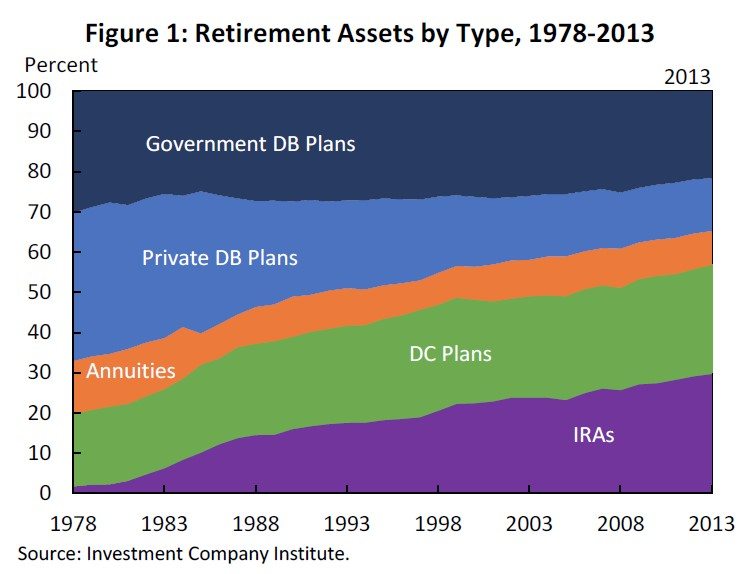The global pension crisis is possibly the biggest issue facing policymakers and CEO’s alike today. Earlier this year research showed that US cities and states face a $3.9 trillion gap in their pension funding obligations — an entirely unsustainable funding shortfall. In Chicago, for example, it’s estimated that the pension deficit is equal to 19 years of the city’s tax revenues. However, while under funded pension plans have become a thorn in the side for policymakers, there’s often little thought given to the other aspect of the equation: the size of the sliver economy.

“Baby boomers” now entering retirement age have experienced steady and long-term employment and rising asset prices, allowing them to accumulate substantial savings. As this generation begins to retire, these savings will make their way into the economy.
Euromonitor, a London-based market research firm, estimates that by 2020 global private spending by the over-60s will reach $15 trillion, up from $8 trillion in 2010. In many regions within Europe, the spending power of the over-60s is greater than that of younger generations.
In France, the median disposable income of seniors is higher than the median disposable income of the under-65s, and spending by French over-65s has increased faster in the last 30 years than for any other age group.
Profiting from the silver economy is one of the key global thematic investment themes Bank of America highlights in its third quarter Thematic Investing update.
Investing in the silver economy
According to Bank of America’s report, the global population of over 60s is expected to hit 2.1 billion by 2050, up from 901 million today as the average global life expectancy rises to 77.1 from 48 in 1950. This is not a phenomenon that’s limited to just developed markets. By 2050, 80% of older people will live in emerging markets according to the bank.














Leave A Comment